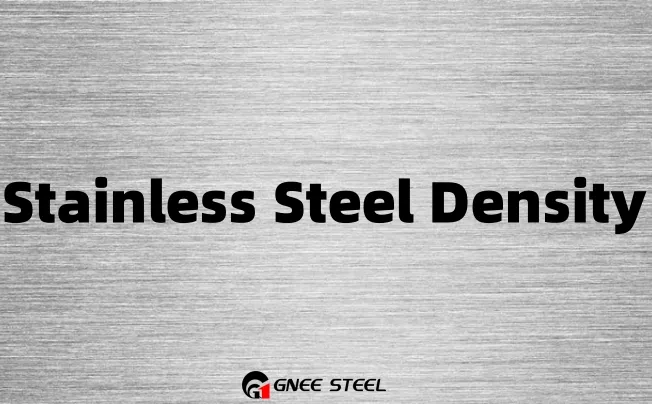What Is Stainless Steel Density?
Stainless steel density refers to the measurement of the mass per unit volume of stainless steel. It is a crucial property that assists in determining the stainless steel’s strength, durability, and suitability for various applications.
Generally speaking, the density of stainless steel can range from 7.75 to 8.05 grams per cubic centimeter (g/cm³).
Why You Need to Know the Density of Stainless Steel?
Firstly, the density of stainless steel, affects its mechanical properties, including strength, hardness, corrosion resistance, and processing performance.
In addition, by knowing the stainless steel density, engineers and designers can estimate how much stainless steel material will be required and accurately predict the behavior of stainless steel components under different loads and conditions.
Furthermore, the density of stainless steel has a great impact on its applications.
Lastly, knowing the stainless steel’s density is also helpful for determining the production costs and shipping costs.
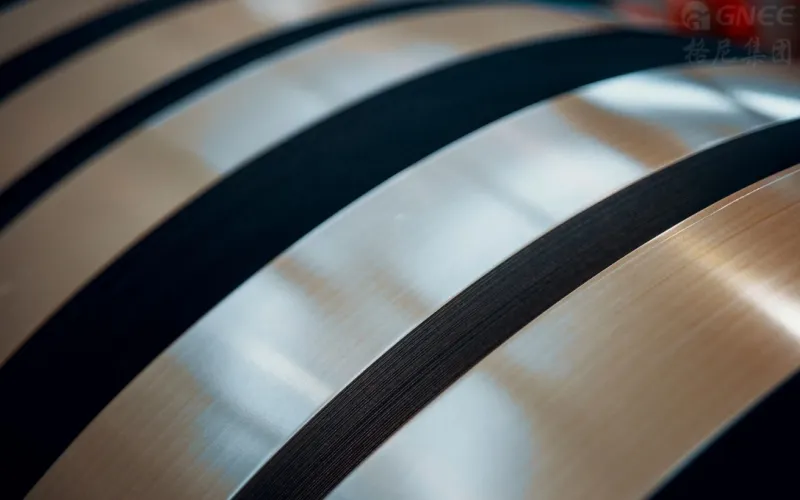
How To Calculate the Density of Stainless Steel?
Stainless steel density can be calculated by dividing the mass of the material by its volume. The calculating formula is:
Density = Mass / Volume
Let us take an example to illustrate the calculation of stainless steel density. Suppose we possess a stainless steel cube weighing 500 grams and occupying a volume of 100 cm³. Utilizing the aforementioned formula, we may determine the density in the following manner:
Density = 500 g / 100 cm³ = 5 g/cm³
Thus, the density of this particular stainless steel cube amounts to 5 grams per cubic centimeter.
Stainless Steel Density Unit Conversion
The density of stainless steel can be expressed in several units, including grams per cubic centimeter (g/cm3), kilograms per cubic meter (kg/m3), and pounds per cubic inch (lbs/in3). Each unit can be converted to other units.
Unit Conversion:
1 kg/m3 = 0.001 g/cm3 = 1000 g/m3 = 0.000036127292 lbs/in3
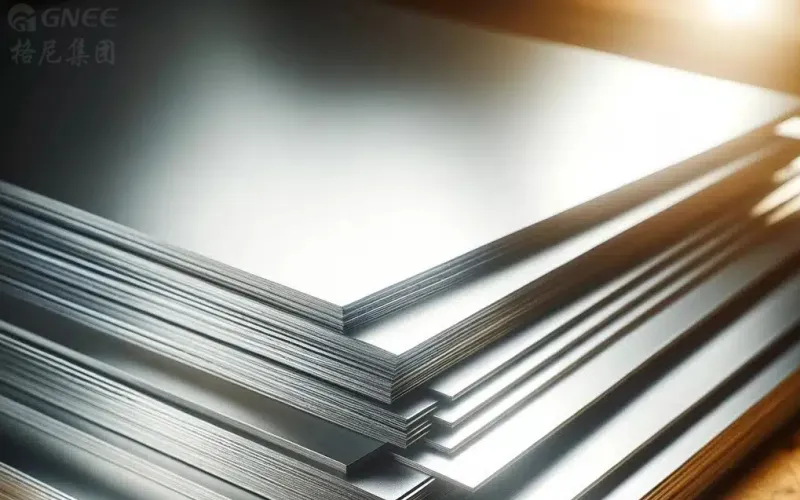
Factors Affecting the Density of Stainless Steel
Stainless steel density is not a constant value for all stainless steel pieces. Several factors affect the density of stainless steel, such as:
1. Stainless Steel Composition
The density of stainless steel, is greatly influenced by its chemical composition, particularly the ratio of elements such as iron, chromium, nickel, and other alloying elements.
Iron is a key determinant of stainless steel density. Alloying elements such as chromium, nickel, and molybdenum directly affect the density of the stainless steel, with higher concentrations generally resulting in higher densities. Furthermore, the presence of other elements like carbon and nitrogen can also influence the density of stainless steel.
2. Manufacturing Process
For example, when manufacturing stainless steel, changing the furnace temperature, adding different proportions of alloying elements, and using different heat treatment methods may affect the density of stainless steel.
3. Temperature and Pressure
Variables like temperature and pressure can also affect the density of stainless steel.
When the temperature increases, the particles in stainless steel vibrate and move further apart from each other. This results in a reduced density. If the temperature decreases, they are packed close to each other, increasing density.
Similarly, the particles are forced close together by applying pressure, increasing the material’s density. Reducing pressure gives them room to move apart, reducing density. It is crucial to consider these factors when designing and utilizing stainless steel in applications that involve extreme temperature or pressure conditions.
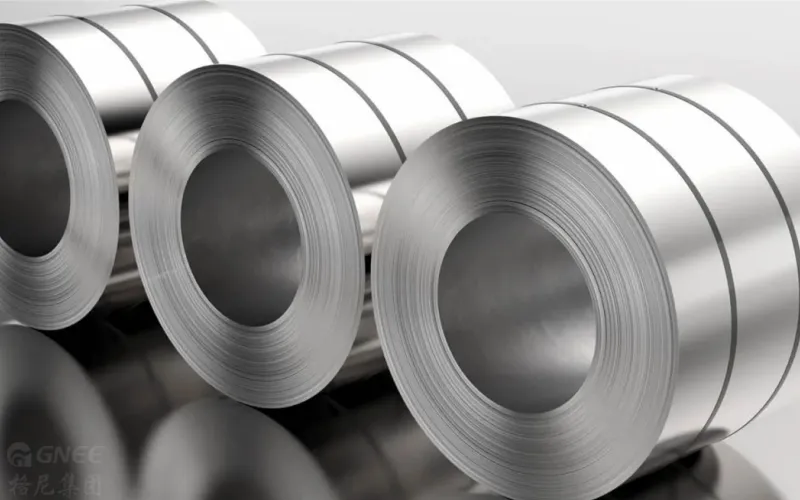
How Does Stainless Steel Density Affect the Properties of Stainless Steel?
Stainless steel density can impact the physical and mechanical properties of stainless steel. Here is how it affects some common properties:
1. Tensile Strength. A material’s tensile strength is its ability to resist breaking under tension or pulling forces. The higher the stainless steel’s density, the more its tensile strength will be.
2. Hardness. Hardness in stainless steel measures the steel’s resistance to deformation. Denser stainless steels are also harder, as the molecules are closely packed. Closely packed molecules resist deformation.
3. Ductility. Ductility, or elasticity, is how much stainless steel can deform under stress without breaking. Stainless steel with low density usually has better elasticity.
4. Corrosion Resistance. Denser stainless steel is generally more resistant to corrosive agents. Because it has a tightly packed structure, which makes it difficult for corrosive agents to penetrate.
5. Formability. The formability of stainless steel is how easy it is to bend or stamp it to shape it according to your needs. Generally, lower-density stainless steel is more formable, as it is easier to bend due to its less tightly packed molecular structure.
6. Weldability. High-density stainless steel will be more challenging to weld as it requires a higher temperature to melt due to its strong intermolecular forces. Stainless steels with low densities are generally easier to melt and weld.
7. Machinability. Machining refers to the ease of cutting, drilling, milling, or performing any other machine function on stainless steel. As denser stainless steel is harder and resists deformation, it is less machinable.
8. Sustainability. Generally speaking, denser stainless steel is durable and lasts long, so you don’t have to produce too much. This factor increases its sustainability.
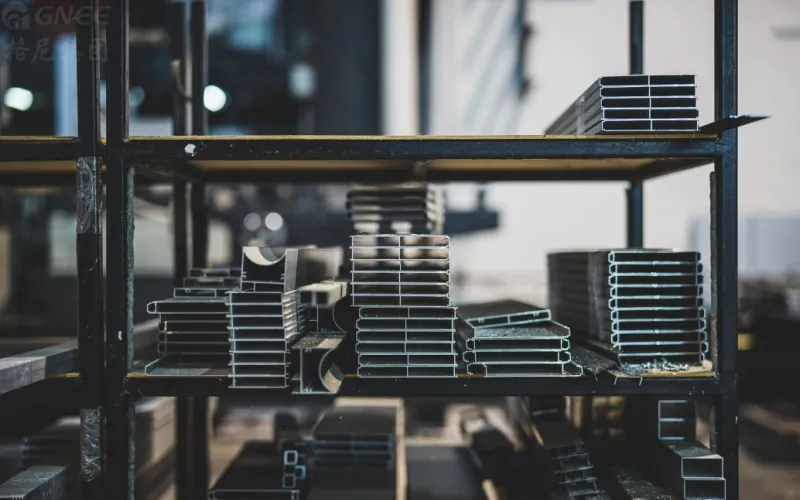
FAQs about Stainless Steel Density
1. Does the density of stainless steel affect its magnetic properties?
Yes, the magnetic properties of stainless steel are related to its density. Denser stainless steel has more magnetic permeability, which is how much you can magnetize a material.
2. Can the density of stainless steel be modified after production?
No, you cannot modify the stainless steel density after production. This is because density is related to the chemical composition of stainless steel, and it is impossible to change its chemical composition after its production. However, increasing or decreasing temperature can slightly affect its density.
3. Is a higher density always better for stainless steel?
The density of stainless steel is related to its applications. You prefer higher-density stainless steel for some applications, such as automotive ones. But this is not always the case. For example, the aerospace industry requires lighter stainless steel so that planes can move easily.
Different Types of Stainless Steel and Their Densities
There are different types of stainless steel, each with its unique composition and density. Let’s look at the main stainless steel types and their densities.
1. Austenitic stainless steel. This is the most common type of stainless steel, featuring non-magnetism and high corrosion resistance. It has high nickel content, and as nickel is a dense metal, austenitic stainless steel has the highest stainless steel density at 7.9 g/cm³.
2. Ferritic stainless steel. It is a magnetic and cost-effective alloy with low carbon content. It does not contain very dense materials and has a density of 7.7 g/cm³.
3. Martensitic stainless steel. This type has a higher carbon content, making it hard, rigid, and brittle. Its density is 7.7 g/cm³.
4. Duplex stainless steel. It is a hybrid of austenitic and ferritic stainless steel. As a result, its density is in the middle of the two types at 7.8 g/cm³.
| National Brand Number (GB) | Stainless Steel Grade | Stainless Steel Density |
| Austenitic Stainless Steel | ||
| 12Cr17Mn6Ni5N | 201 | 7.93 |
| 12Cr18Mn9Ni5N | 202 | 7.93 |
| 12Cr17Ni7 | 301 | 7.93 |
| 022Cr17Ni7 | 301L | 7.93 |
| 022Cr17Ni7N | 301LN | 7.93 |
| 12Cr18Ni9 | 302 | 7.93 |
| 12Cr18Ni9Si3 | 302B | 7.93 |
| Y12Cr18Ni9 | 303 | 7.98 |
| Y12Cr18Ni9Se | 303Se | 7.93 |
| 06Cr19Ni10 | 304 | 7.93 |
| 022Cr19Ni10 | 304L | 7.90 |
| 07Cr19Ni10 | 304H | 7.90 |
| 06Cr19Ni10N | 304N | 7.93 |
| 022Cr19Ni10N | 304LN | 7.93 |
| 10Cr18Ni12 | 305 | 7.93 |
| 06Cr20Ni11 | 308 | 8.00 |
| 16Cr23Ni13 | 309 | 7.98 |
| 06Cr23Ni13 | 309S | 7.98 |
| 20Cr25Ni20 | 310 | 7.98 |
| 06Cr25Ni20 | 310S | 7.98 |
| 022Cr25Ni22Mo2N | 310MoLN | 8.02 |
| 06Cr17Ni12Mo2 | 316 | 8.00 |
| 022Cr17Ni12Mo2 | 316L | 8.00 |
| 06Cr17Ni12Mo2Ti | 316Ti | 7.90 |
| 06Cr17Ni12Mo2N | 316N | 8.00 |
| 022Cr17Ni12Mo2N | 316LN | 8.04 |
| 015Cr21Ni26Mo5Cu2 | 904L | 8.00 |
| 06Cr19Ni13Mo3 | 317 | 8.00 |
| 022Cr19Ni13Mo3 | 317L | 7.98 |
| 022Cr19Ni16Mo5N | 317LMN | 8.00 |
| 06Cr18Ni11Ti | 321 | 8.03 |
| 12Cr16Ni35 | 330 | 8.00 |
| 06Cr18Ni11Nb | 347 | 8.03 |
| Duplex Stainless Steel | ||
| 022Cr19Ni5Mo3Si2N | S31500 | 7.70 |
| 022Cr22Ni5Mo3N | S31803 | 7.80 |
| 022Cr23Ni4MoCuN | 2304 | 7.80 |
| 022Cr25Ni6Mo2N | S31200 | 7.80 |
| 022Cr25Ni7Mo3-WCuN | S31260 | 7.80 |
| 03Cr25Ni6Mo3Cu2N | 225 | 7.80 |
| 022Cr25Ni7Mo4N | 2507 | 7.80 |
| Ferritic Stainless Steel | ||
| 06Cr13Al | 405 | 7.75 |
| 06Cr11Ti | SUH409 | 7.75 |
| 022Cr11Ti | SUH409L | 7.75 |
| 022Cr12 | SUS410L | 7.75 |
| 10Cr15 | 429 | 7.70 |
| 10Cr17 | SUS430 | 7.70 |
| Y10Cr17 | 430F | 7.78 |
| 022Cr18Ti | 439 | 7.70 |
| 10Cr17Mo | 434 | 7.70 |
| 10Cr17MoNb | 436 | 7.70 |
| 019Cr18MoTi | SUS436L | 7.70 |
| 019Cr19Mo2NbTi | 444 | 7.75 |
| 008Cr27Mo | XM-27 | 7.67 |
| 008Cr30Mo2 | SUS447J1 | 7.64 |
| Martensitic Stainless Steel | ||
| 12Cr12 | 403 | 7.80 |
| 06Cr13 | 410S | 7.75 |
| 12Cr13 | 410 | 7.70 |
| 04Cr13Ni5Mo | S41500 | 7.79 |
| Y12Cr13 | 416 | 7.78 |
| 20Cr13 | SUS420J1 | 7.75 |
| 30Cr13 | SUS420J2 | 7.76 |
| Y30Cr13 | 420F | 7.78 |
| 17Cr16Ni2 | 431 | 7.71 |
| 68Cr17 | 440A | 7.78 |
| 85Cr17 | 440B | 7.78 |
| 108Cr17 | 440C | 7.78 |
| Y108Cr17 | 440F | 7.78 |
| 18Cr12MoVNbN | SUH600 | 7.75 |
| 22Cr12NiWMoV | SUH616 | 7.78 |
| 40Cr10Si2Mo | SUH3 | 7.62 |
| 80Cr20Si2Ni | SUH4 | 7.60 |
| Precipitation Hardened Stainless Steel | ||
| 04Cr13Ni8Mo2Al | XM-13 | 7.76 |
| 022Cr12Ni9Cu2NbTi | XM-16 | 7.7 |
| 05Cr15Ni5Cu4Nb | XM-12 | 7.78 |
| 05Cr17Ni4Cu4Nb | 630 | 7.78 |
| 07Cr17Ni7Al | 631 | 7.93 |
| 07Cr15Ni7Mo2Al | 632 | 7.80 |
| 06Cr15Ni25Ti2MoAlVB | 660 | 7.94 |
Conclusion
In the word, the density of stainless steel is usually between 7.7-8.0 g/cm³. However, the specific density value will be affected by some factors such as compositions, processing techniques, heat, pressure, etc. Therefore, the density of different types of stainless steel materials will be different. Exploring the density of stainless steel is very important for the design and application of materials. According to the density of stainless steel, we can choose appropriate stainless steel materials to meet different needs. If you want more talk, welcome to contact our technical team: Whatsapp: +8618437960706.


